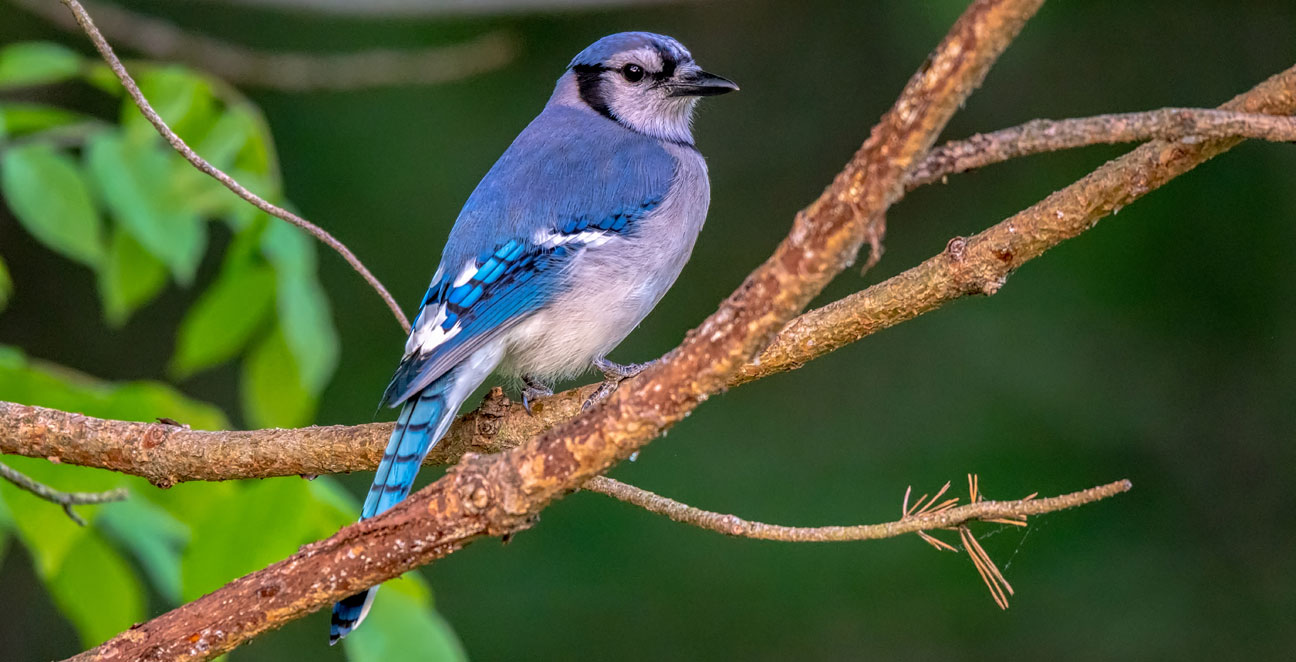
Wood Thrush
Scientific Name:
Hylocichla mustelina
Length:
7.5-8.3 in (19-21 cm)
Weight:
1.4-1.8 oz (40-50 g)
Wingspan:
11.8-13.4 in (30-34 cm)
Nest:
The nest is usually in the lower branches of a sapling or shrub, where a fork provides good support and twigs or foliage provide shade and cover. The female weaves walls 2–6 inches high using the same materials, ending up with a cup that’s 4–6 inches across. She stamps the floor tight and uses the weight of her body to mold a 3-inch inner cup. Then she lines the cup with mud which she flattens with her breast.
Eggs:
3-4, pale greenish blue, unmarked. Incubation is by female only, 13-14 days.
Feeding Behavior:
The wood thrush is an omnivore, and feeds preferentially on soil invertebrates and larvae, but will also eat fruits. In the summer, it feeds on insects continuously in order to meet daily needs. They forage by hopping through leaf litter on the forest floor, tossing leaves to expose insects or probing for litter-dwelling prey. While foraging, they frequently bob upright for a look around.
Young:
Both parents feed nestlings. Young leave the nest about 12 days after hatching.
Range:
The wood thrush's breeding range extends from Manitoba, Ontario and Nova Scotia in southern Canada to northern Florida and from the Atlantic coast to the Missouri River and the eastern Great Plains. It migrates to southern Mexico through to Panama in Central America in the winter, mostly in the lowlands along the Atlantic and Pacific coasts.
Brief Description:
The crown, nape, and upper back are cinnamon-brown, while the back wings, and tail are a slightly duller brown. The breast and belly are white with large dark brown spots on the breast, sides, and flanks. It has white eye rings and pink legs. Other brownish thrushes have finer spotting on the breast. The juvenile looks similar to adults, but has additional spots on the back, neck, and wing coverts. The male and female are similar in size and plumage.